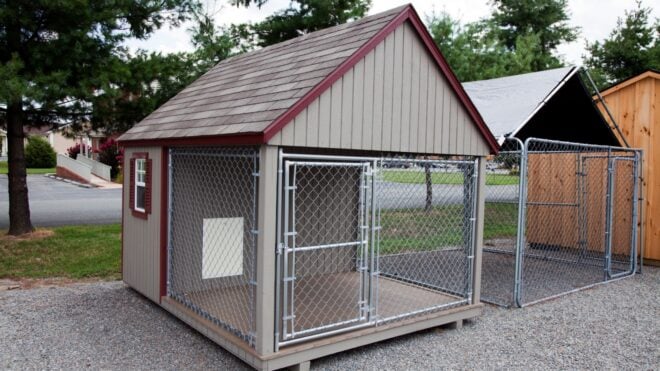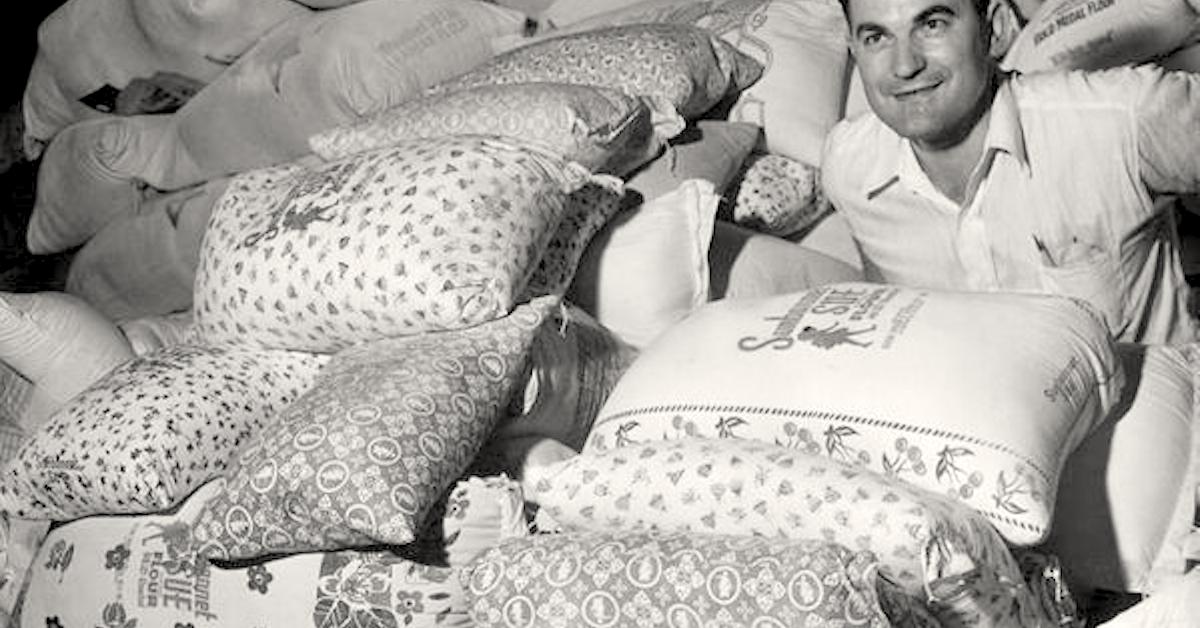
Times were lean during the Great Depression, so scrimping and saving — and reusing everything possible — was a way of life.
Today, people still love to save money and reduce waste through clever DIY projects, like turning old tires into lovely ottomans. But in those days, "doing it yourself" wasn't a trend; it was a necessity.
In those difficult times, if women wanted to provide for their families, they had to get creative — especially when it came to clothing.
That's when women noticed that one of their food staples — flour — came in cotton sacks. Innovative and desperate, they often emptied the sacks and used the fabric to make clothing for their children.
But when flour sack manufacturers caught word of the trend, they decided to reinvent the way they packed their flour — and the results are stunning!
More from LittleThings: I Ate Like People In The Great Depression For 7 Days
Did you or anyone you know ever wear a flour sack dress? Let us know in the comments below.
(h/t: Kindness Blog)
When flour manufacturers saw women turning their flour sacks into clothing, diapers, dish cloths, and more, they started packing their flour in pretty patterns. Families greatly appreciated this, as times were very hard.
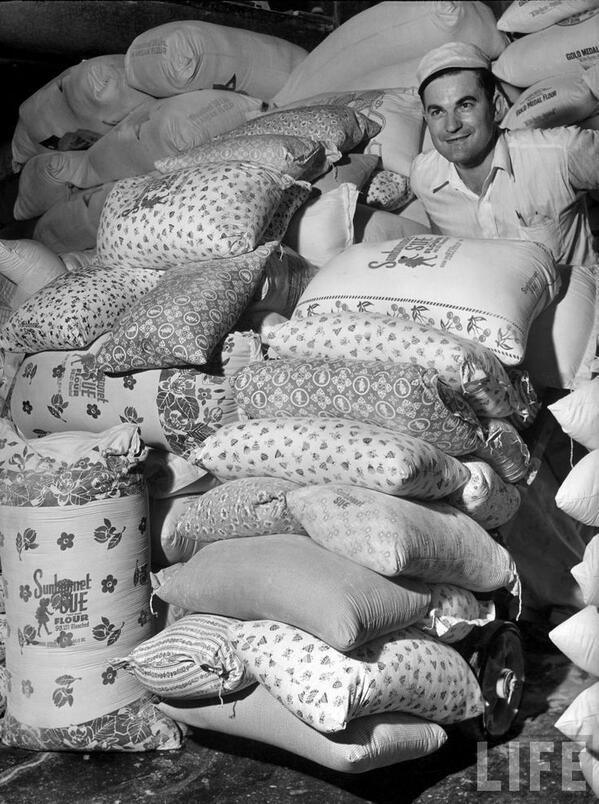
The sacks came with bright, colorful designs, and sometimes patterns for toys — like the one seen here being filled with flour for delivery. The sacks were labeled, but the ink was washable.
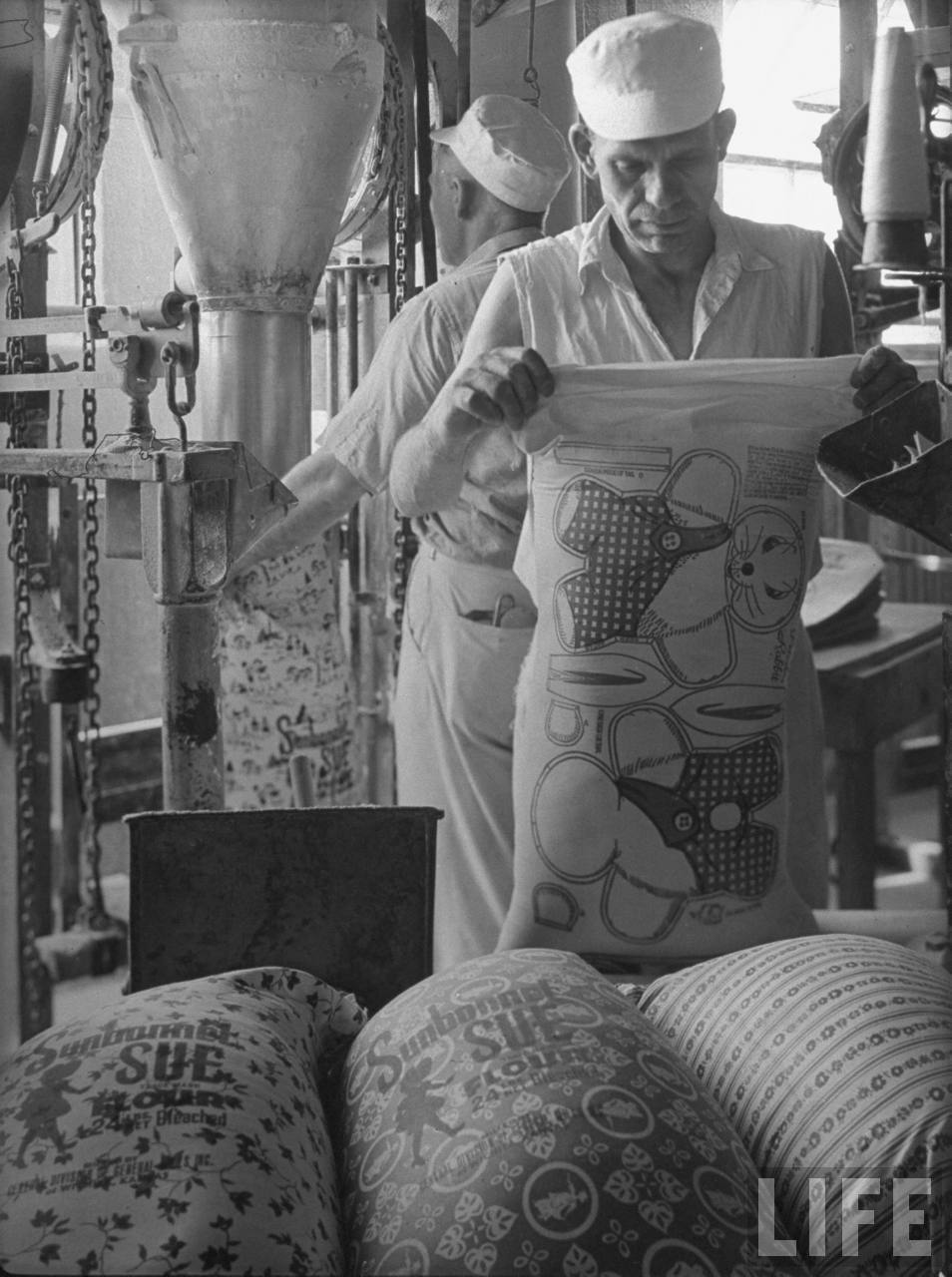
Due to the tight budgets of struggling families, flour sack clothing was very common — thus, many unique designs were printed on the sacks.
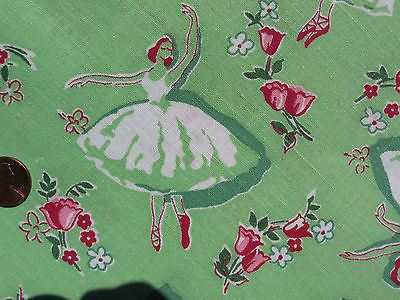
The patterns came in a variety of colors and styles. There was something for everyone!
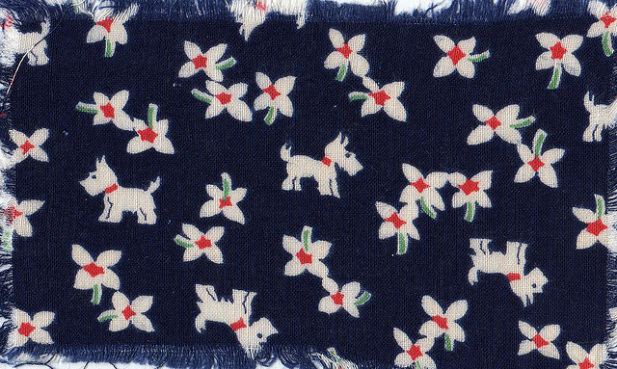
It's estimated that during the Depression, 3.5 million women and children were wearing clothing and using items made from flour sacks.
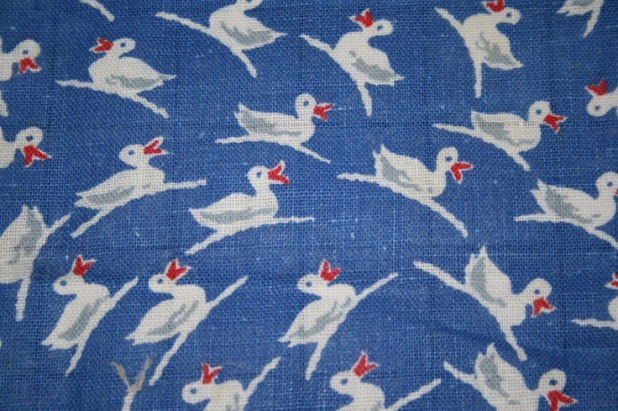
It seems strange to think about wearing a flour sack now, but for millions, it was a way of life due to the severity of the Depression.

And if they had to wear flour sacks, they might as well have looked nice.
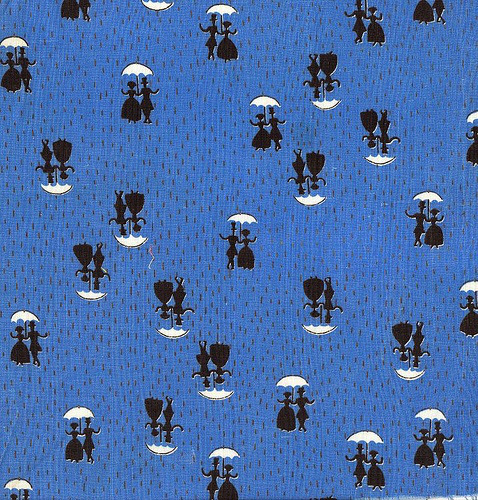
The patterns were diverse in styles, as manufacturers tried to make something appealing for people of all ages and interests.

Many of them were adorable, and fabric designers still use a lot of the same styles today.
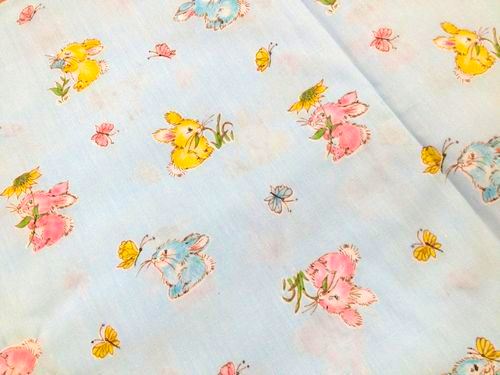
The sacks even came with instructions on how to wash out the ink of the company's printed logo.
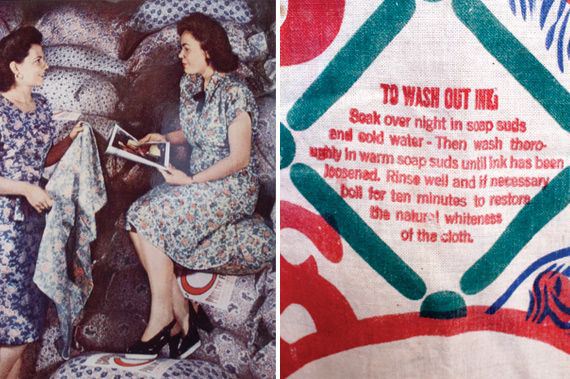
There were also tutorials on how to turn the sacks into all kinds of useful items. These were like the DIY articles of the 1930s.
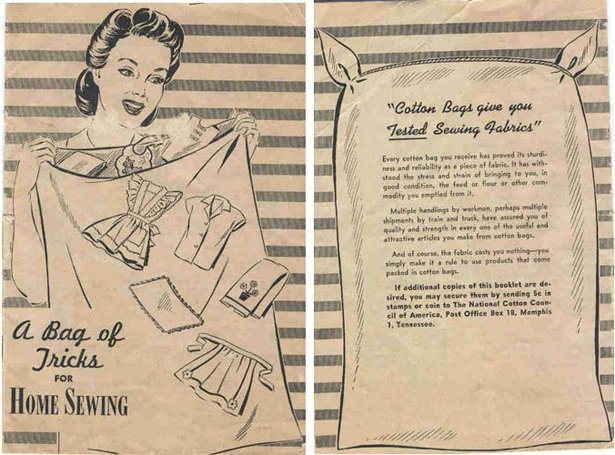
Some sacks even came with instructions and suggestions printed right on them — in washable ink, of course.
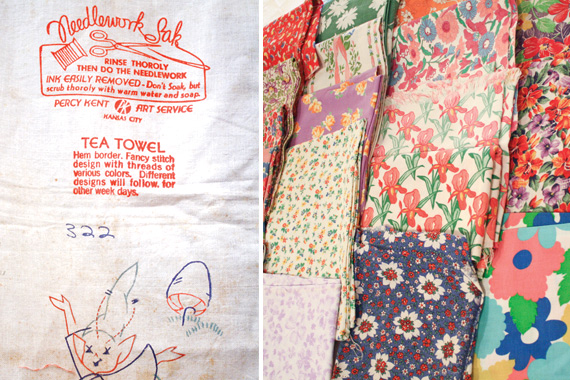
As the popularity of flour sack clothing grew, booklets with sewing ideas for "cotton bags" were distributed.
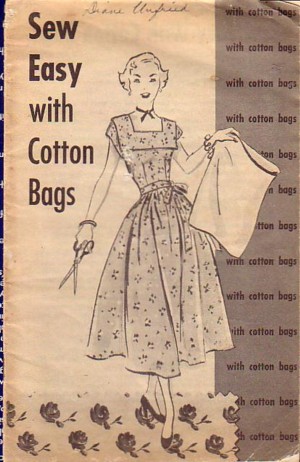
The children you see here are wearing clothes made from the flour sacks. But because of the bright patterns (and some serious sewing skills) you'd never guess.
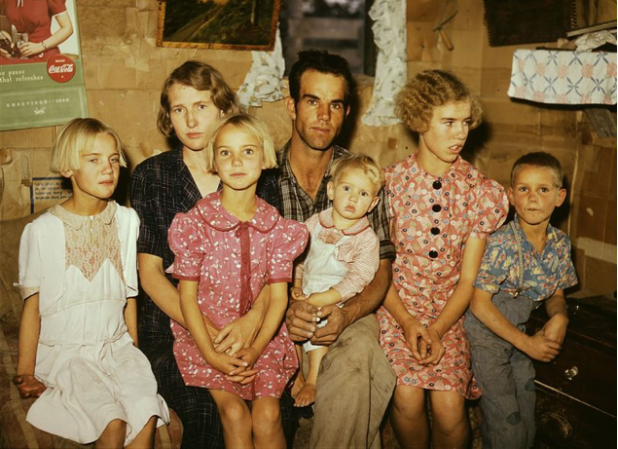
Often, people could tell which children were related based purely on their outfits — as their clothes shared the same sack pattern.
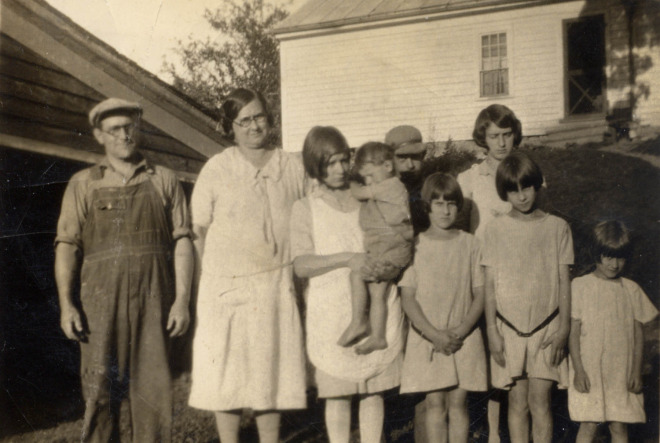
And it wasn't just children. Women made dresses for themselves out of the bags, as well.
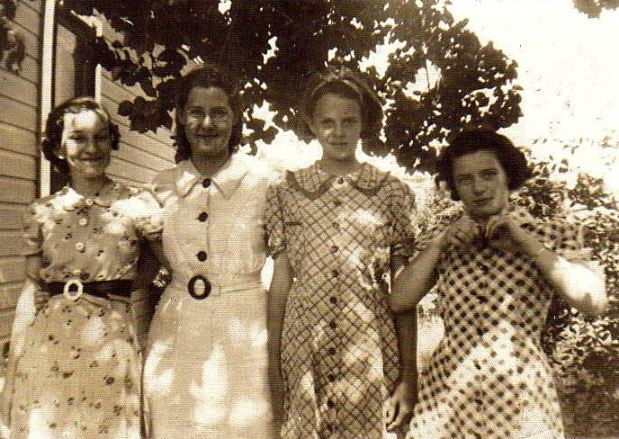
Some women even used their sewing skills to bring in some extra cash, sewing dresses and other items for friends and neighbors.
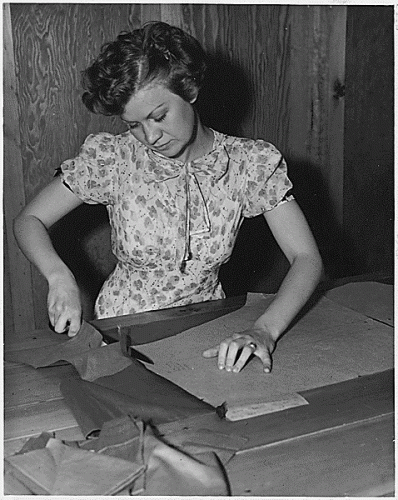
And when the clothing finally wore out, it would be cut up and made into something else, like a quilt.
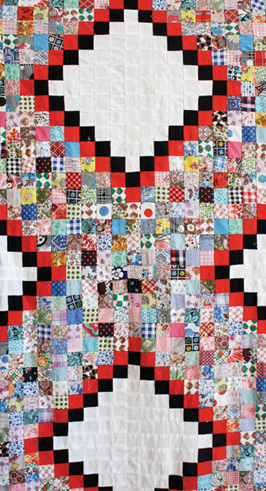
However, things changed with the onset of World War II. Cotton started being rationed to make uniforms for soldiers, and people were more than willing to give up the fabric in order to support the war effort.

From then on, flour was packaged in paper bags — and it's been that way ever since. Who knew something as simple as flour could be so rich in American history!

Reusing and recycling materials is not only a great way to be more sustainable — it's also a part of our American heritage!
Inspire some thriftiness by SHARING this article, and see what genius ways you can reuse old things.



